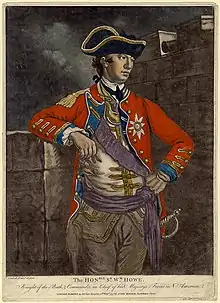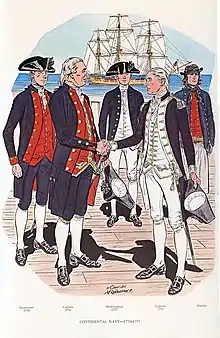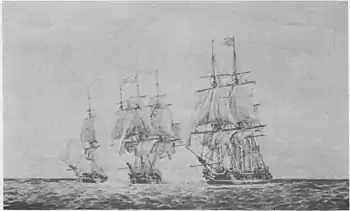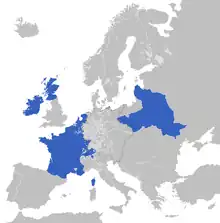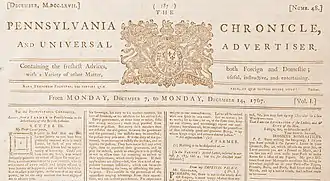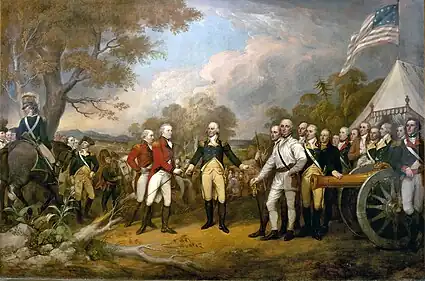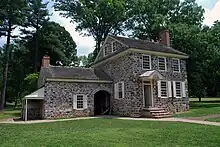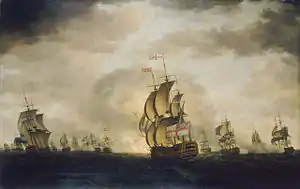Portal:American Revolutionary War
The American Revolutionary War Portal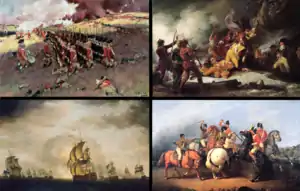 Clockwise from top left: Battle of Bunker Hill, Death of Montgomery at Quebec, Battle of Cowpens, "Moonlight Battle" Throughout the war, the British were able to use their naval superiority to capture and occupy coastal cities, but control of the countryside (where 90% of the population lived) largely eluded them due to their relatively small land army. French involvement proved decisive, with a French naval victory in the Chesapeake leading to the surrender of a second British army at Yorktown in 1781. In 1783, the Treaty of Paris ended the war and recognized the sovereignty of the United States over the territory bounded by what is now Canada to the north, Florida to the south, and the Mississippi River to the west. Selected eventThis action made communications between parts of the British colonial and military establishment more difficult, and set the stage for the colonists' invasion of Quebec in September 1775.
General images -The following are images from various __-related articles on Wikipedia.
Selected ships and units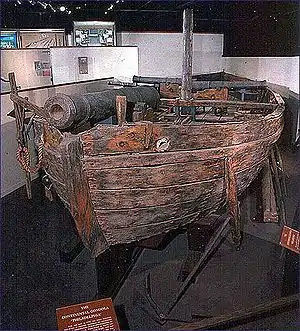
Related portalsSelected picture
The moonlight Battle off Cape St Vincent, 16 January 1780 by Francis Holman, painted in 1780 shows the Santo Domingo exploding, with Rodney's flagship
Selected biography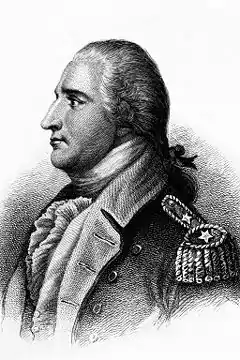
In spite of his success, Arnold was passed over for promotion by the Continental Congress while other general officers took credit for his many accomplishments. Charges of corruption were brought by political adversaries, and Congress investigated his accounts, finding he owed it money after he had spent much of his own money on the war effort. Frustrated, bitter, and strongly opposed to the new American alliance with France, Arnold decided to change sides in 1779. In July 1780, he sought and obtained command of West Point in order to surrender it to the British. Arnold's scheme was exposed when American forces captured British Major John André carrying papers that revealed the plot. Upon learning of André's capture, Benedict Arnold escaped down the Hudson River to the British sloop-of-war Vulture, narrowly avoiding capture by the forces of General Washington, who was arriving the same day to inspect West Point and to meet and dine with Arnold. Arnold received a commission as a brigadier general in the British Army, and led British forces at Blanford, Virginia, and Groton, Connecticut, before the war effectively came to an end with the Siege of Yorktown. In the winter of 1782, Arnold moved to London with his second wife, Margaret "Peggy" Shippen Arnold. He was well received by King George III and the Tories but frowned upon by the Whigs. In 1787, he entered into mercantile business with his sons Richard and Henry in Saint John, New Brunswick, but returned to London to settle permanently in 1791, where he died ten years later.
CategoriesCategory puzzle Select [►] to view subcategories
American Revolutionary War American Revolution-related lists American Revolutionary War Diarists American Revolutionary War casualties Diplomacy during the American Revolutionary War American Revolutionary War in fiction Historians of the American Revolution History books about the American Revolution Massacres in the American Revolutionary War Military personnel of the American Revolutionary War Military units and formations of the American Revolutionary War American Revolutionary War monuments and memorials American Revolutionary War museums American Revolutionary War nurses Military operations of the American Revolutionary War American Revolutionary War orders of battle Province of Quebec (1763–1791) in the American Revolutionary War American Revolutionary War ships of the United States American Revolutionary War sites Vermont Republic Works about the American Revolutionary War American Revolutionary War stubs American Revolutionary War navigational boxes Major topicsFeatured content
Things you can doFrom the American Revolutionary War task force of the Military history WikiProject:
Discover Wikipedia using portals
|
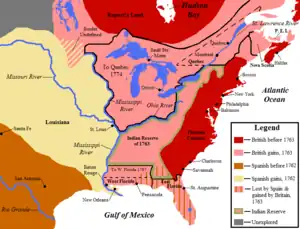

_(cropped).jpg.webp)
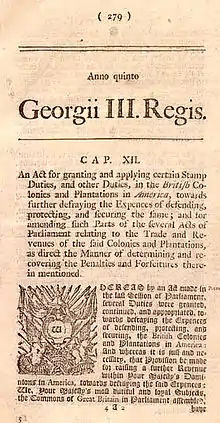
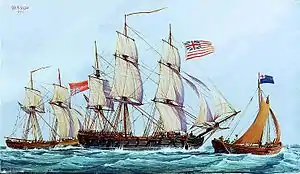
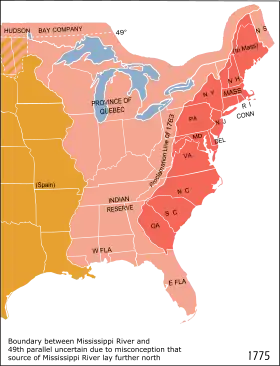


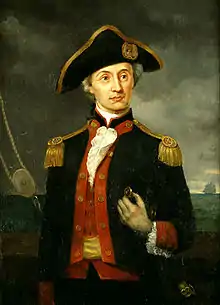
.jpg.webp)



.jpg.webp)
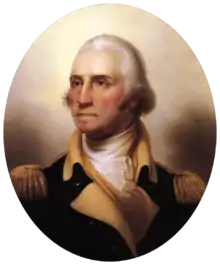
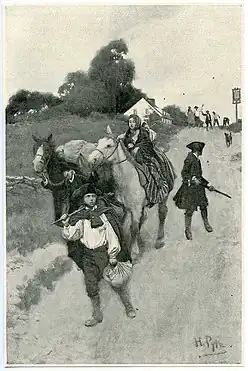
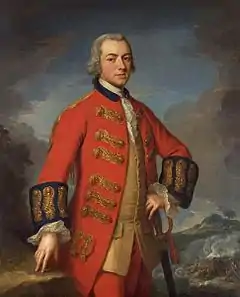


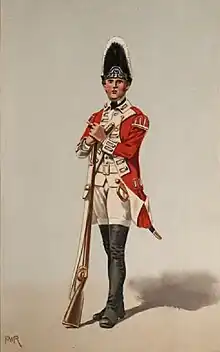
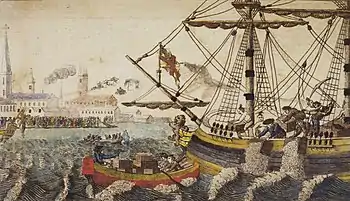
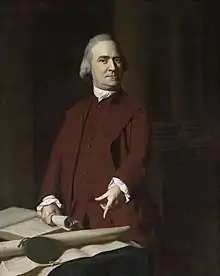
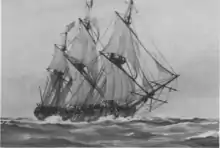
_(cropped).jpg.webp)

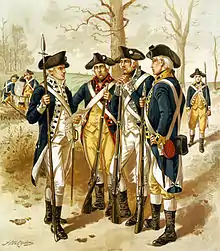
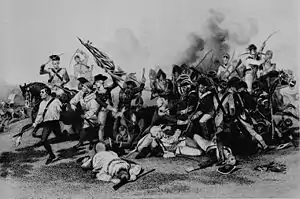
_(cropped).jpg.webp)
.jpg.webp)

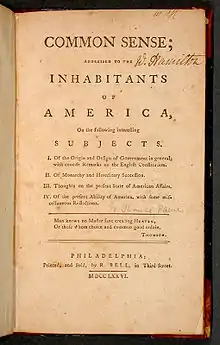
.jpg.webp)
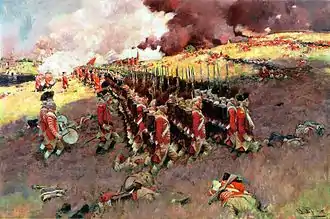

%252C_by_John_Singleton_Copley.jpg.webp)
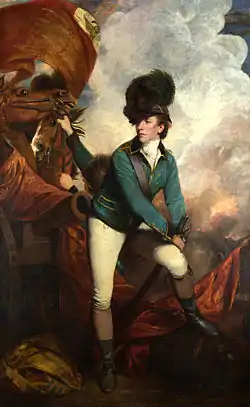
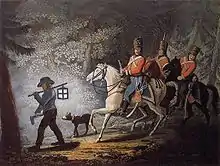

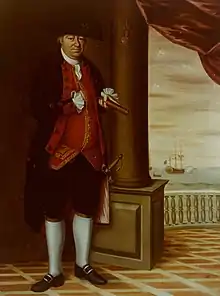
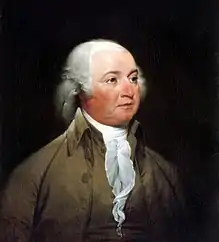
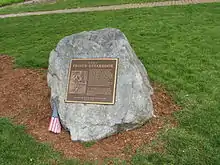
%252C_by_Jean-Baptiste-Antoine_DeVerger.png.webp)
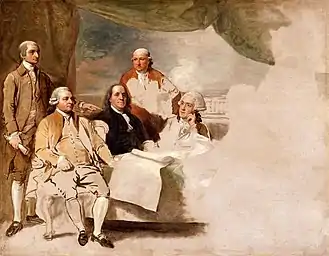

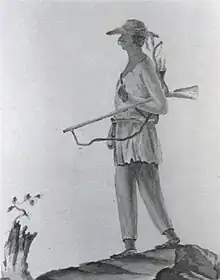

%252C_The_Bostonians_Paying_the_Excise-man%252C_or_Tarring_and_Feathering_(1774).jpg.webp)
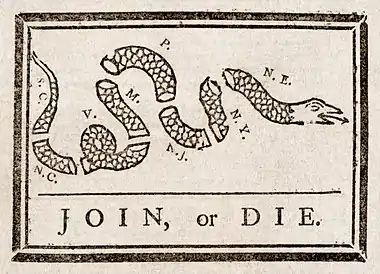

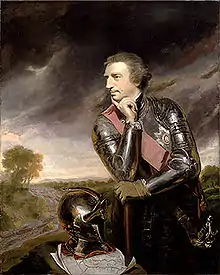


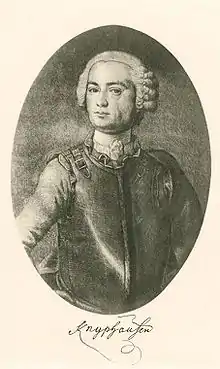

%252C_by_Jean-Baptiste-Antoine_DeVerger_(cropped).png.webp)
